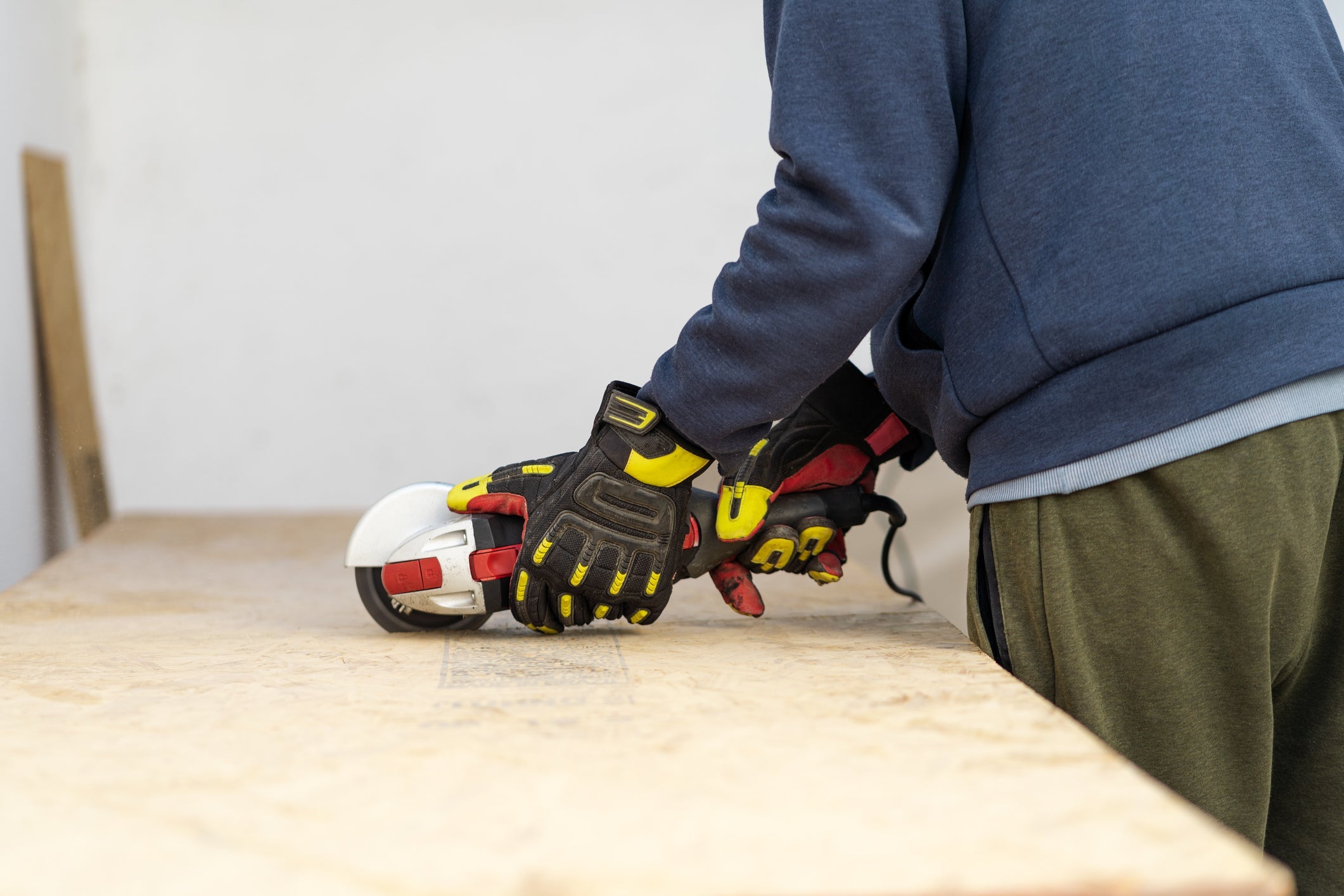In industries where hand injuries are prevalent, anti-impact work gloves serve as a critical line of defense. These gloves are engineered to protect workers from hazards such as blunt force impacts, pinches, and abrasions, thereby reducing the risk of serious injuries.
Understanding Anti-Impact Work Gloves
Anti-impact work gloves are designed with specialized materials and structures to absorb and dissipate energy from impacts. Key features include:
- Thermoplastic Rubber (TPR) Padding: Strategically placed on the back of the hand and fingers to protect against knocks and bumps.
- Reinforced Palms: Often made with durable materials like synthetic leather or nitrile coatings to enhance grip and resist abrasions.
- Ergonomic Design: Ensures flexibility and comfort, allowing for prolonged use without compromising dexterity.
Key Benefits
1. Enhanced Safety
The primary advantage of anti-impact gloves is the significant reduction in hand injuries. By absorbing shock and providing a barrier against hazards, these gloves protect workers in environments where hand impacts are common.
2. Improved Grip and Control
With reinforced palms and textured surfaces, these gloves offer superior grip, which is essential when handling tools or materials, especially in wet or oily conditions.
3. Durability
Constructed with high-quality materials, anti-impact gloves are built to withstand harsh conditions, ensuring longevity and consistent protection.
Applications Across Industries
Anti-impact work gloves are utilized in various sectors, including:
- Construction: Protecting against hand injuries from tools and heavy materials.
- Oil and Gas: Offering resistance to chemicals and mechanical hazards.
- Manufacturing: Safeguarding hands during assembly and machinery operation.
- Mining: Providing protection from sharp rocks and equipment.
Compliance with Safety Standards
These gloves often meet or exceed industry safety standards, such as:
- ANSI/ISEA 138: Specifies performance levels for impact protection on the knuckles and fingers.
- EN 388: European standard assessing protection against mechanical risks, including abrasion, cut, tear, and puncture resistance.
Selecting the Right Gloves
When choosing anti-impact gloves, consider the following factors:
- Hazard Assessment: Identify the specific risks in your work environment.
- Fit and Comfort: Ensure the gloves provide a snug fit without restricting movement.
- Material Compatibility: Select gloves made from materials suitable for your specific tasks and conditions.
Maintenance and Care
To maximize the lifespan and effectiveness of your gloves:
- Regular Inspection: Check for signs of wear and tear before each use.
- Proper Cleaning: Follow manufacturer guidelines for cleaning to maintain material integrity.
- Storage: Store in a cool, dry place away from direct sunlight and chemicals.
Recommended Gloves and Safety Gear
External Authority Resource
For guidelines and regulations regarding workplace glove standards, refer to the OSHA Personal Protective Equipment Standards.
Conclusion
Anti-impact work gloves are an indispensable component of personal protective equipment in high-risk industries. By providing robust protection against various hazards, they play a vital role in ensuring worker safety and productivity.

